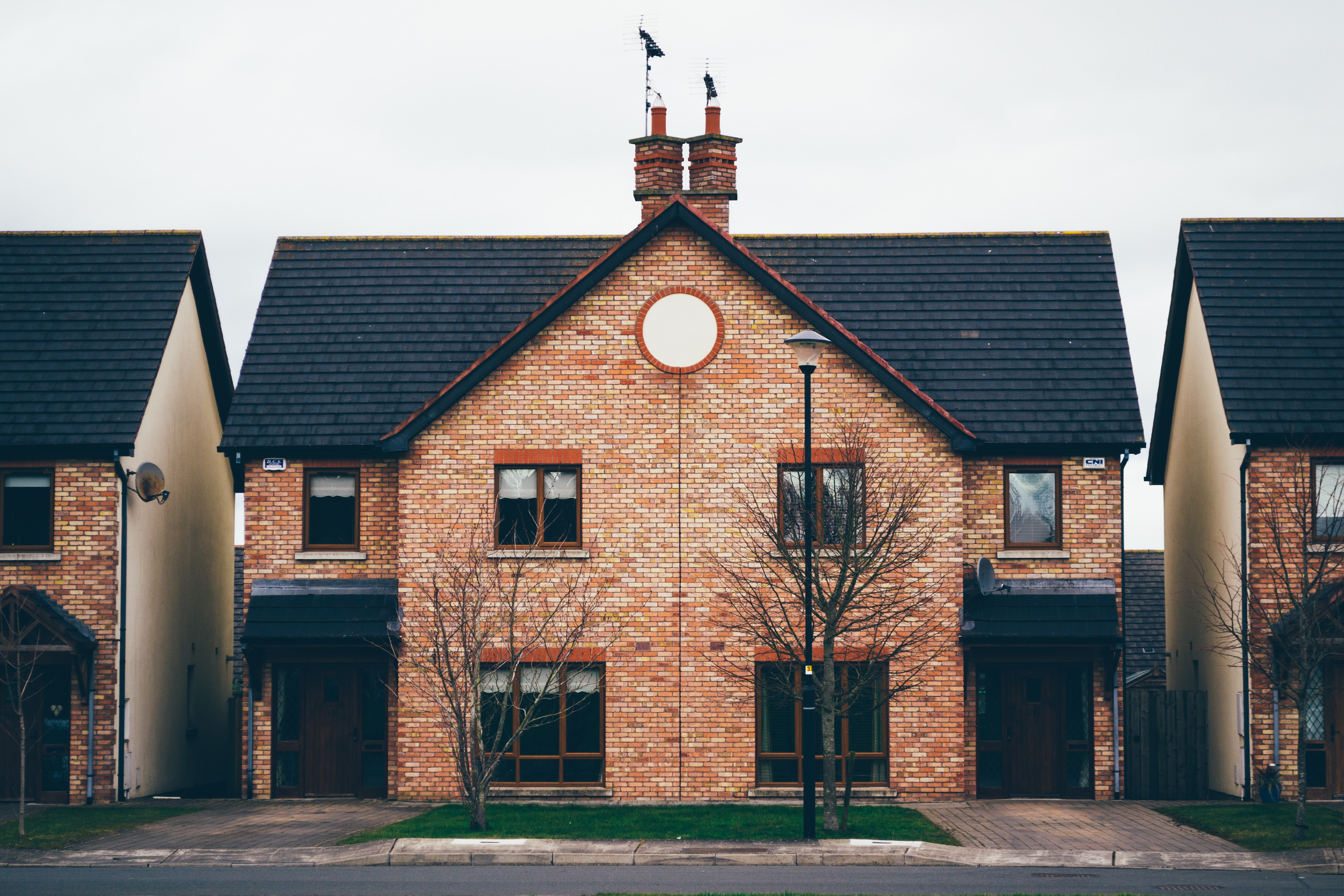What Are Fixed-Rate Mortgages?
A fixed-rate mortgage (FRM) is the most common mortgage used by homeowners today. It is an uncomplicated payment process, distinguished by its fixed interest rate (i.e. the interest rate never changes during the entire loan term). Unlike an adjustable-rate mortgage (ARM), an FRM’s interest rate cannot be adjusted, but is set in advance to an advertised rate so that the amount paid by the borrower each month is guaranteed to pay off the loan in full by the end of its term.
The typical length for a fixed-rate mortgage is 30 years, with the majority of early payments going towards interest while the bulk of concluding payments goes towards principal. The next most popular term is a 15-year fixed loan, which increases the monthly mortgage payments significantly but also reduces the amount of interest considerably.
Some fixed-rate mortgage plans also allow for interest-only periods, which means homeowners can opt to complete all interest payments in the first five to ten years of the loan term. This means that the payments after the interest-only period expires will increase to make up for reduced payments earlier on; this type of payment, however, is still considered “fixed,” as it is simply recalculated to account for the remaining number of months in the mortgage balance.

What Are the Advantages and (If Any) Disadvantages?
As the most popular choice for borrowers, a FRM has a lot of benefits, namely it is low-risk and surprise-free as the borrower knows what to expect from the beginning. If interest rates rise, homeowners with ARMs will suffer the consequences of higher payments, while fixed plans are guaranteed to stay the same. This locked-in plan means fixed-mortgage borrowers won’t have to pay as much attention to where the market is headed (though it is smart to keep an eye on it in case a sizeable drop makes it favorable to refinance), making it a stress-free choice.
This consistency does come at a cost, however, as most FRMs have higher interest rates than ARMs. Fixed-interest borrowers also typically pay a premium early on to lock in the interest rate, while ARMs may be more discounted at this stage. Another small risk to a fixed-rate mortgage is that homeowners will fail to refinance when a good opportunity comes around because they’re too determined to hold onto their low fixed rate, whereas ARM-borrowers are more likely to shop around to save money. A homeowner can also lose the advantage of a fixed mortgage if they sell or refinance too soon (in which case an ARM is a better option). For this reason fixed-rate mortgages tend to be a better option for people who have purchased a home before, while an FHA loan might be a better option for a first-time home buyer.
What Type of Client Are They Best For?
Fixed-rate mortgages are a good choice for a wide range of borrowers because of the consistent and predictable payment process allowing for homeowners to plan a budget based on the fixed cost of their mortgage. However, it’s important that borrowers do their research to measure the risks when deciding between an ARM and a FRM. Some important factors include 1) the length of the loan term, 2) the current interest rate, and 3) the likelihood the interest rate will increase or decrease over the life of the mortgage. But put simply, the fixed-rate mortgage is a good option for someone who plans to stay in their home for the foreseeable future. When deciding the duration of your mortgage, remember that although a shorter fixed term means higher payment, it also equates to less interest and a home that is yours much faster.
Check out this post to read about other common mortgage types.

Image sources in order of appearance: https://unsplash.com/photos/pmhdkgRCbtE
https://unsplash.com/photos/sHzMcXkJNrw
